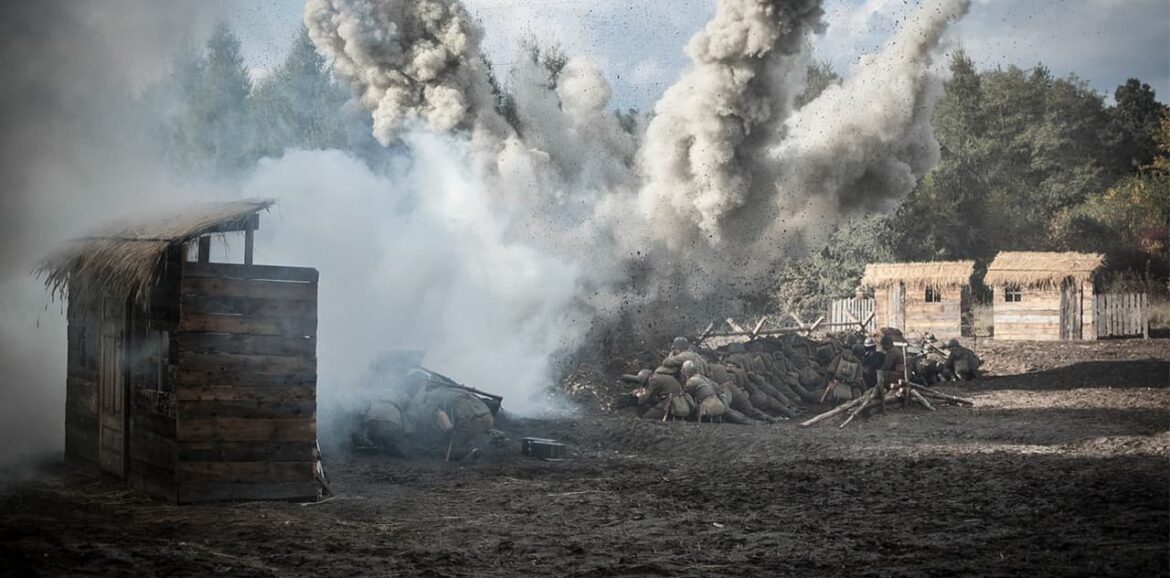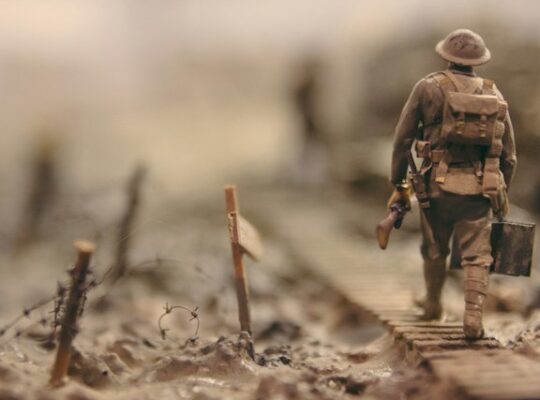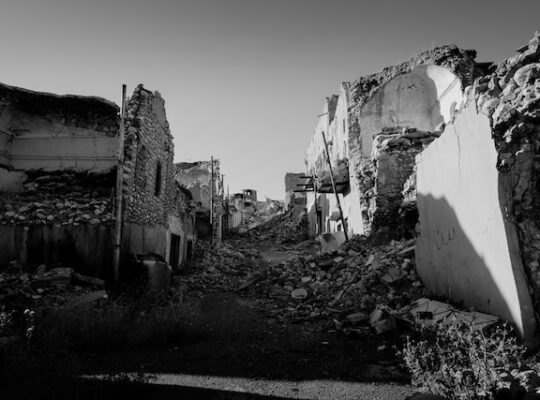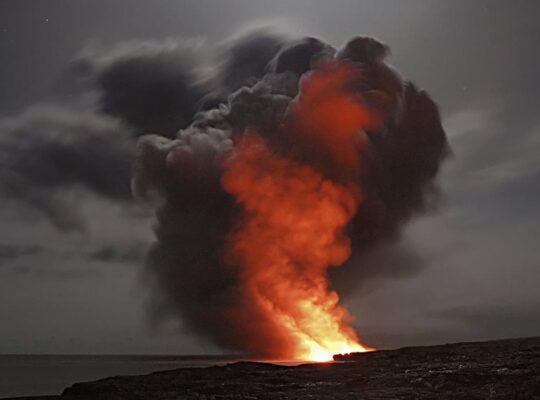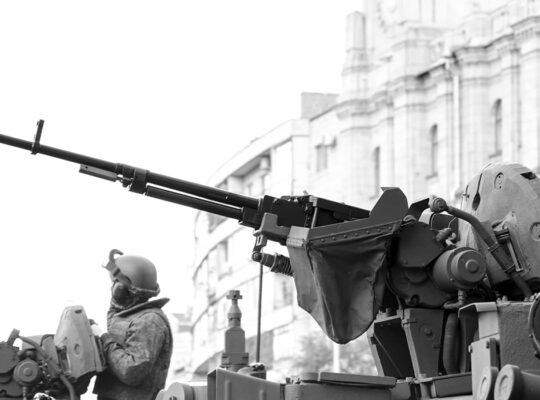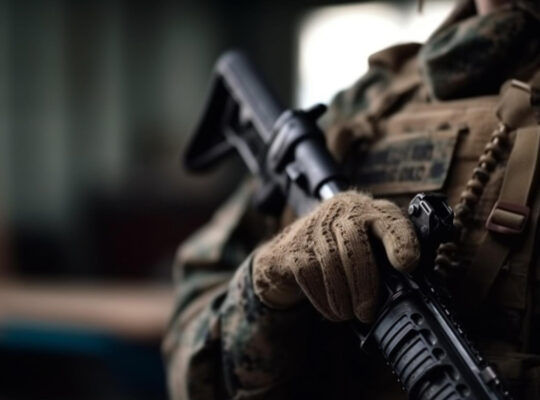The Second World War. On September 1, 1939, one and a half million German soldiers entered the territory of Poland. The enemy was attacking from all fronts. The German battleship Schleswig Holstein opened fire on Polish naval bases in the Baltic Sea, and at the same time, the air force began bombing Polish airfields. Adolf Hitler called this operation defensive. On September 3, the United Kingdom intervened in the conflict and declared war on Germany, followed by France and the British dominions of Australia, New Zealand, and British India on the same day. This was the beginning of an escalation of the conflict that engulfed the entire world.
World War II was the largest and most violent armed conflict in our history. Military operations took place in Europe, Asia, Africa, and Australia, as well as on the seas and oceans. More than 60 independent states out of 73 that existed at the time took part in the war. 110 million people were mobilized from 40 countries, half of whom died on the battlefield. Thousands of towns and villages were destroyed, and many outstanding historical cultural monuments were destroyed.
The main causes of the war were political contradictions caused by the imperfect Versailles system and the aggressive expansionist policies of Nazi Germany, the Japanese Empire, and Italy.
The National Socialist Party, headed by Hitler, successfully used the idea of revenge after the defeat of the First World War. This concept was supported by a large part of Germans. Germany, like Japan and Italy, considered themselves unfairly deprived after the events of 1914-1918. The Japanese had lost their conquered territories in China, and the Italians were secondary in the cohort of winners. These countries sought to re-divide the world.
The war is considered to have been precipitated by the signing of the Molotov-Ribbentrop Non-Aggression Pact in August 1939, which divided the spheres of influence in Europe between the USSR and Germany. The agreement stipulated that in the event of war, German troops could advance to the so-called “Curzon Line” (a conditional border that ran through Hrodna-Yalivka-Nemyriv-Brest-Dorogusk-Ustyluh, east of Hrubieszów, through Krasyliv, west of Rava-Ruska, and east of Przemyśl to the Carpathians), while the rest of Poland, Finland, Estonia, Latvia, and Bessarabia were recognized as the USSR’s sphere of influence. It was after reaching an agreement with Stalin that Hitler began hostilities.
The entire period of World War II can be divided into five stages, reflecting the most important events and turning points in the armed confrontation.
